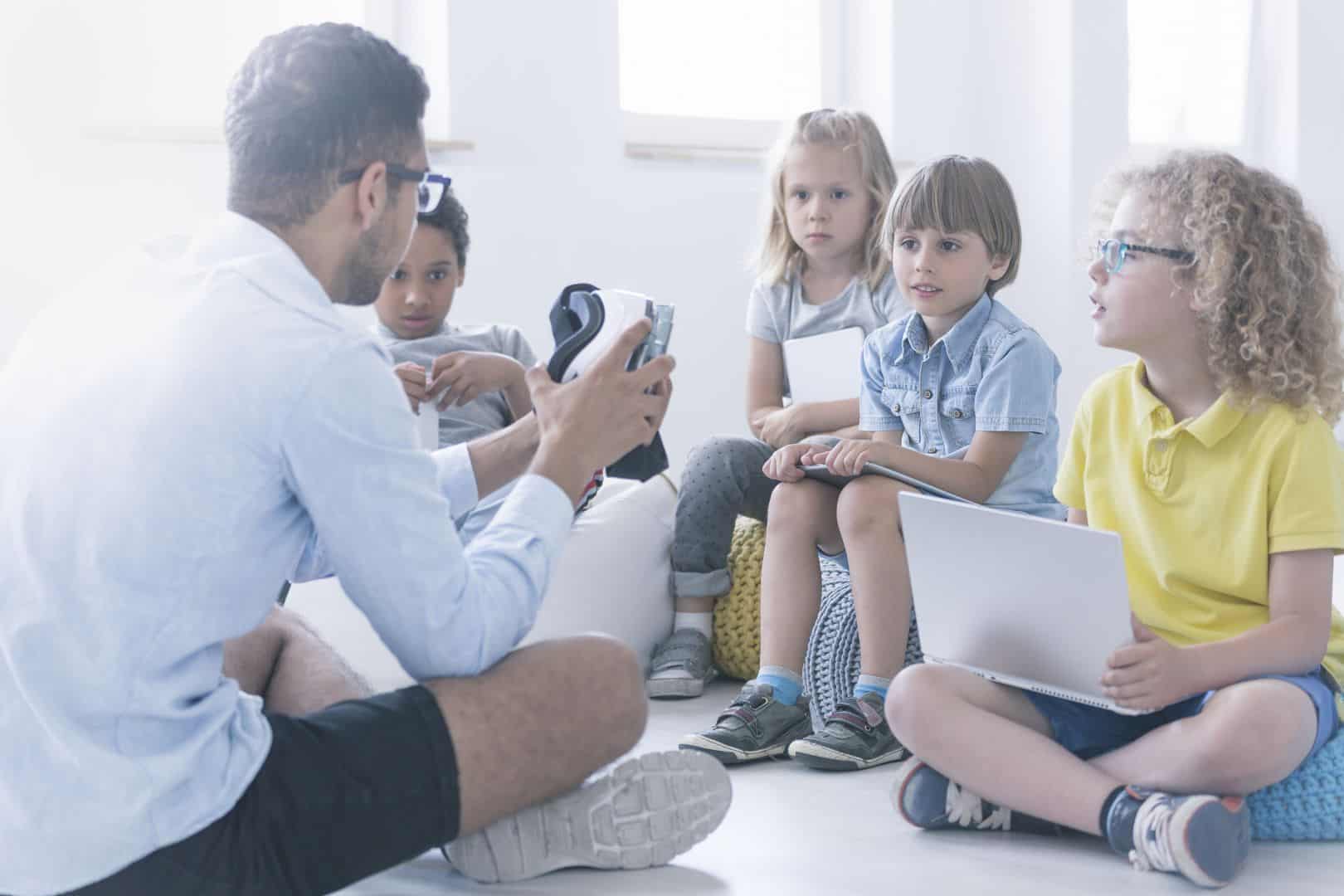By Lynne West, Founder Sunodia Educational Consulting and Former Teacher
It is almost the end of the period and the bell will ring in 2 minutes. What are your students doing at this precise moment? They may be packing up their materials and migrating towards the door. Or perhaps they are intently listening to you as you try to squeeze in a couple more important points.
It could be that they are working in groups or pairs to finish an activity. And the truth it is that is probably all of the above over the span of a week. At a workshop on differentiation, Carol Ann Tomlinson posed the question “are we concluding a lesson or are we quitting?” This question really resonates with me and, I suspect, a good number of other teachers.
We often plan more activities than we can complete in a single lesson. As the end of the instructional period grows near, the teacher is forced to cut out the last learning activities of the lesson and, often in a flurry, make the required announcements and reminders.
Rather than this abrupt end to a lesson, Tomlinson suggests that we should offer a conclusion. What techniques can we intentionally use to provide closure at the end of a lesson to ensure that our students have the greatest gains in learning?
 Concluding or quitting? The value of ending a lesson well.
Concluding or quitting? The value of ending a lesson well.
Educational research shows that students naturally remember the beginning and the end of a lesson due to an educational principle that Saphier et al. have termed sequencing. In short, we remember the first and last items in a list more easily than items in other positions. Saphier notes that the principle is also in effect when we consider our use of time.
Given this, if we want our lessons to have the greatest impact on student learning then we must intentionally plan closure activities that capitalize on the value offered in last minutes of a class. As noted earlier, many teachers regularly plan more activities than they have time for.
If this rings true to your experience, consider establishing a routine to check in with yourself towards the end of the class period to determine what will be most beneficial for students as the last learning activities. If it is clear that there is not enough time to do everything planned, revise on the spot so that you have enough time do the closure activity that will be most valuable.Tips for Ending a Lesson
There are many ways that we can provide an impactful closure activity at the end of a lesson. Giving students the opportunity to actively use the new knowledge and skills they have developed over the course of the class is particularly powerful. Here are some suggestions:
- Ask student to keep a learning journal. Students can contribute to their journals in a variety of different ways. For example, they can summarize what they've learned from the day's lesson in a few sentences. Students can also reflect on their progress tackling one of the unit’s essential questions.
- Students can consolidate their learning by writing a postcard to absent an student. They write a quick message to any absent students explaining what was missed. The messages can be written on post-it notes or note cards and displayed in an area of the classroom for students to see when they return.
- Ask students to create a visual. Students spend a few minutes creating a graphic representation of what they learned. The class ends with a gallery walk or pair-share.
- Assign a 3-2-1 activity. Students note 3 takeaways, 2 interesting points, and 1 question they have. Results can be incorporated into an opening activity the following day.
- Invite students to generate one or more formative questions. Students write questions that are connected to the lesson's focus. The questions can be compiled into a formative activity for students at a later date.
- Do a “whiparound” activity. Students gather or sit in a circle and the teacher states a topic or poses a question and provides some reflection Then students offer a comment, reflection, takeaway, or question that relates to the teacher’s prompt.
- Chat stations - Students pair up and have several brief chats with different classmates on topics identified by the teacher.
The last moments of a lesson offer an important opportunity for students to reflect on, process, and synthesize what they have learned as well as consider where they still have gaps or questions. Protecting these minutes and using them intentionally will have a positive impact on student learning.
References:
Saphier, Jon, et al. The Skillful Teacher: Building Your Teaching Skills. Research for Better Teaching, Inc., 2008.
Gonzalez, Jennifer. “Students Sitting Around Too Much? Try Chat Stations.” Cult of Pedagogy, 24 Oct. 2013, www.cultofpedagogy.com/chat-stations/.
Next, learn tips and strategies for starting strong to maximize student learning.
[box] FariaPD supports teachers and leaders around the world with hands-on, active and creative professional development experiences. Join one of our online or in-person professional development events, each designed to support the unique goals of your school or district. FariaPD is part of Faria Education Group, an international education company that provides services and systems for schools around the world including ManageBac, a curriculum-first learning platform, OpenApply, an online admissions service, and Atlas, a tailored curriculum management solution for schools. [/box]
Contributing Author:
After spending 17 years both teaching and leading teachers in K-12 schools in San Jose, California, Lynne West founded Sunodia Educational Consulting to share her passion for teaching with her fellow educators. As a teacher, she used her foundation in backward curricular planning and cooperative learning to design creative and engaging lessons for her students. She brings the same enthusiasm to her work with educators to provide individualized professional development and instructional coaching.

